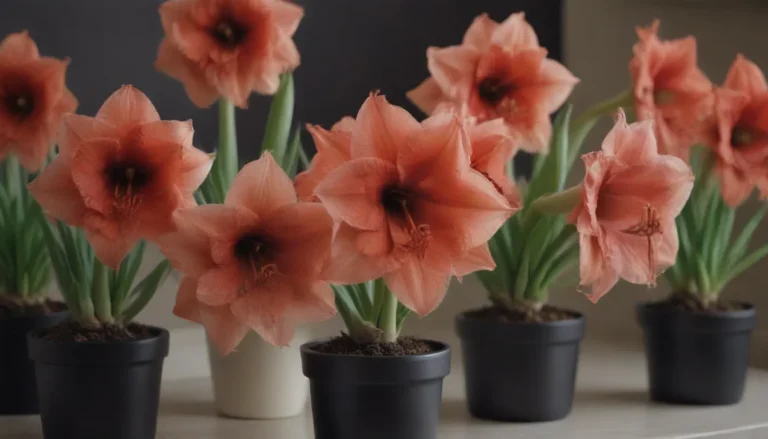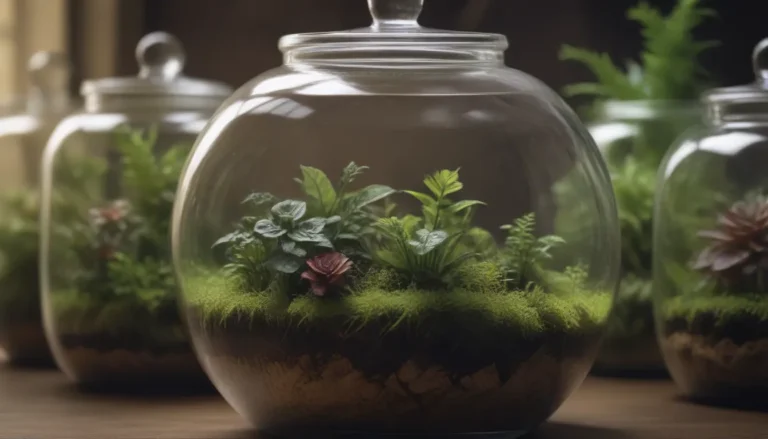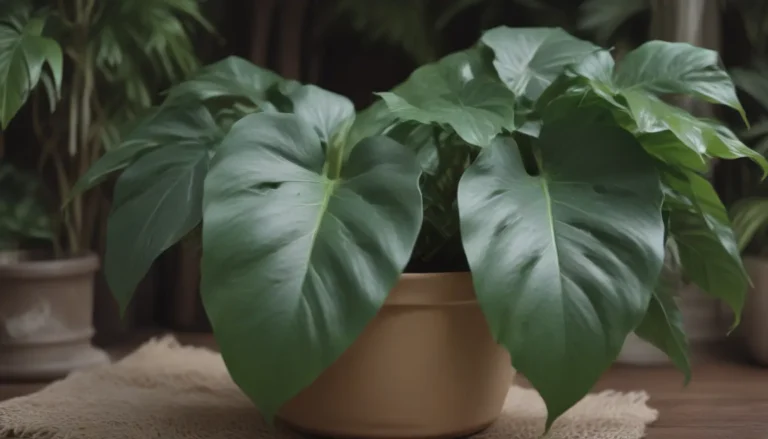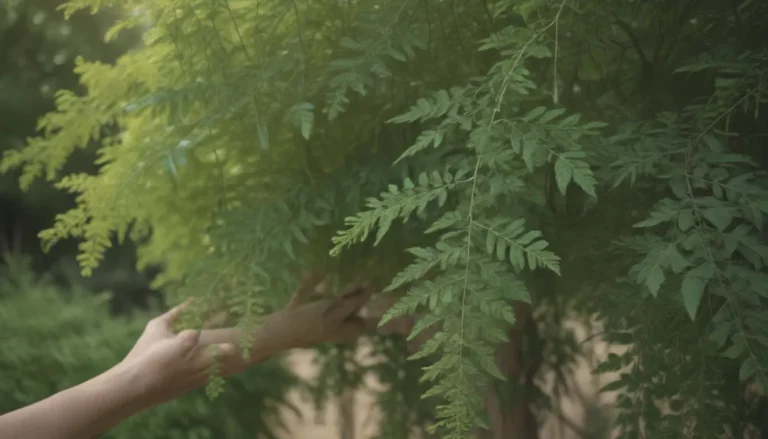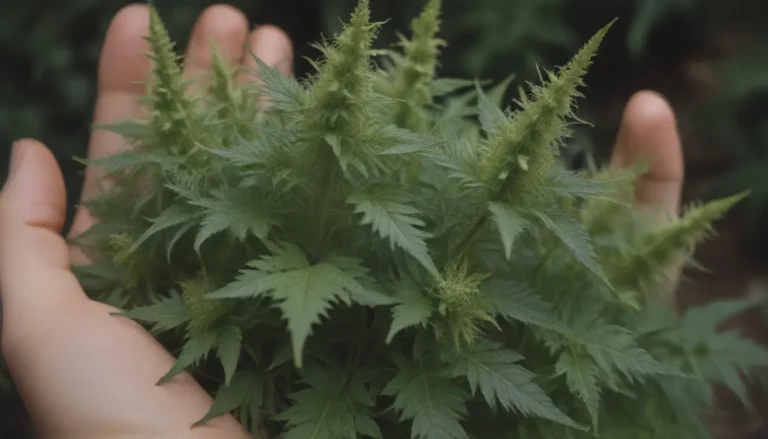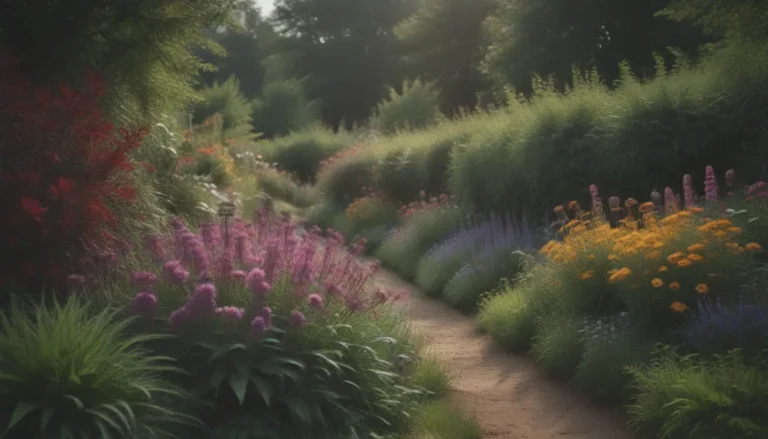Comprehensive Guide to Growing and Caring for Taylor Juniper Trees
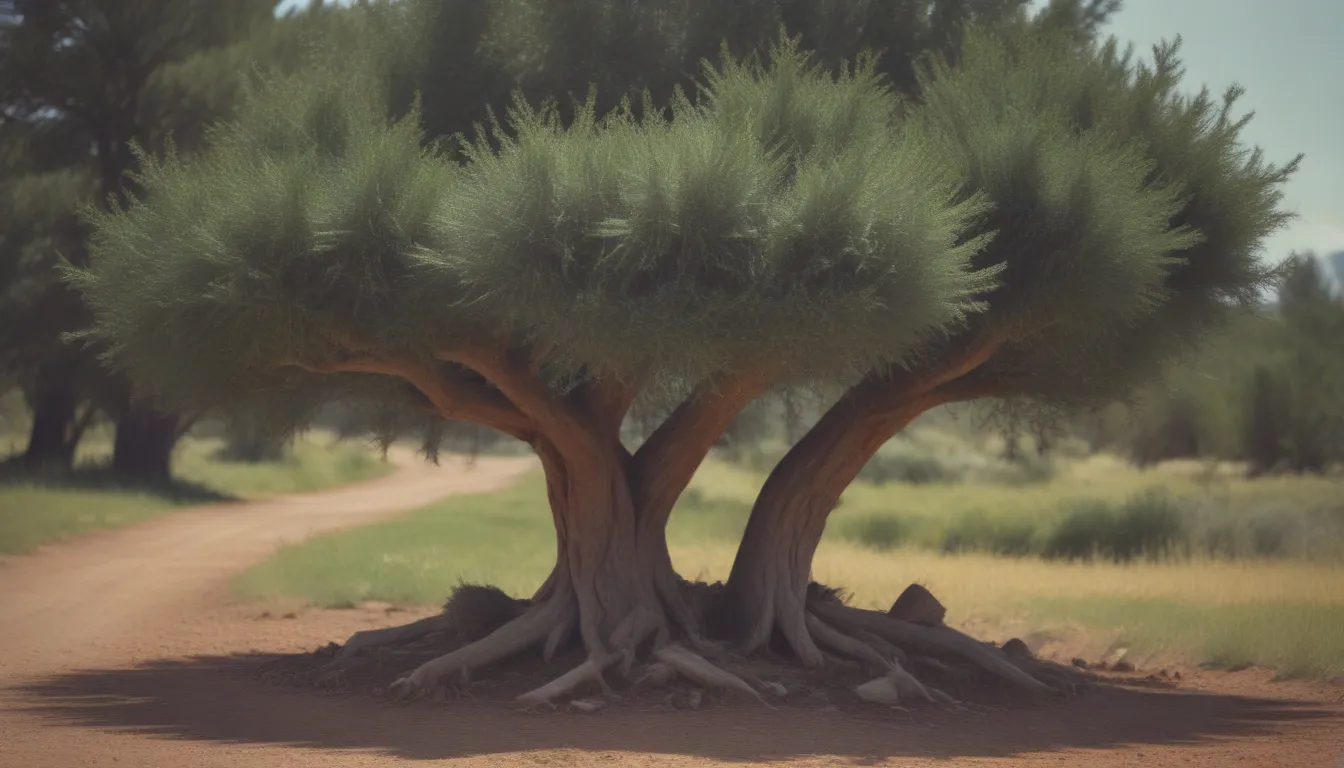
Are you looking for an attractive, low-maintenance tree to enhance your landscape? Look no further than the Taylor juniper (Juniperus virginiana ‘Taylor’). This columnar form cultivar of the eastern red cedar is a popular choice for many homeowners due to its durability, fast growth, and resistance to certain diseases. In this comprehensive guide, we will cover everything you need to know about growing and caring for Taylor junipers to ensure they thrive in your yard.
Why Choose Taylor Juniper?
Before we dive into the care tips, let’s take a moment to appreciate why Taylor junipers are a fantastic choice for your landscape:
- Durable and fast-growing substitute for arborvitae and Italian cypress
- Resistance to homopsis juniper blight, making it a great option for hedge or screen trees
- Attractive blue-green foliage that adds a pop of color to your garden
- Suitable for areas where cold weather hardiness is important
Now that we know the benefits of Taylor junipers let’s move on to the essential care tips to help your trees flourish.
Light Requirements
Taylor junipers thrive in full sun, so make sure to plant them in an area that receives ample sunlight throughout the day. Lack of sunlight can result in stunted growth and dull foliage color. When creating a hedge with Taylor junipers, ensure you space them out adequately to allow light to reach each tree’s side as they mature and grow. Let the trees naturally create the hedge rather than overcrowding them.
Soil Conditions
While Taylor junipers are somewhat adaptable to different soil types, they prefer average soil that is somewhat moist but well-draining. Avoid planting them in wet soils, as they do not tolerate excessive moisture well. It’s essential to test the pH of your soil before planting and amend it if necessary to maintain a pH level below 7.0. A simple DIY pH testing kit can help you determine the soil acidity.
Watering Needs
Proper watering is crucial, especially during the tree’s establishment phase. Water your Taylor juniper weekly with ten gallons of water per caliper inch of trunk diameter during the growing season for the first two years. Since Taylor junipers have shallow roots, water them slowly to ensure the water penetrates deeply. Be cautious not to overwater, as this can lead to root rot. Once the tree establishes itself, you can reduce the frequency of watering, as this cultivar can tolerate some drought.
Temperature and Humidity
Taylor junipers thrive in cooler temperatures and are suitable for USDA hardiness zones 4 through 9. This makes them an excellent choice for regions where other similar species may struggle. By keeping your Taylor junipers within their habitable temperature range, you can ensure they remain healthy and vibrant.
Fertilization
While Taylor junipers do not necessarily require supplemental fertilizer, using a slow-release fertilizer designed for evergreen conifers can provide them with an extra boost. Fertilize your trees once a year in the spring using fertilizer spikes to promote healthy growth and vibrant foliage.
Pruning Guidelines
Pruning your Taylor juniper should be minimal, limited to removing dead branches to maintain the tree’s natural form. Avoid excessive pruning, as it can disrupt the tree’s tall, slender, and columnar shape, which is ideal for creating a coniferous evergreen hedge.
Propagation Methods
If you’re interested in propagating Taylor junipers, you can do so through semi-hardwood cuttings. This process is relatively simple and requires minimal materials. Follow these guidelines to start propagating your Taylor junipers:
- Select healthy semi-hardwood cuttings from the tree.
- Prepare a well-draining potting mix.
- Dip the cut end of the cutting in rooting hormone.
- Plant the cutting in the potting mix.
- Keep the cutting moist and warm until roots develop.
Common Pests and Diseases
One of the standout features of Taylor junipers is their resistance to cedar rust, a common disease that affects the species. However, like all trees, Taylor junipers are susceptible to pests such as bagworms and mites. Keep an eye out for these pests and take appropriate measures to control them. Manual removal of bagworms and spraying with insecticidal soap can help keep your trees healthy and pest-free.
In conclusion, Taylor junipers are a fantastic choice for homeowners looking for a low-maintenance, attractive tree for their landscape. By following the care tips outlined in this guide, you can ensure your Taylor junipers thrive and enhance the beauty of your yard for years to come. Happy gardening!
